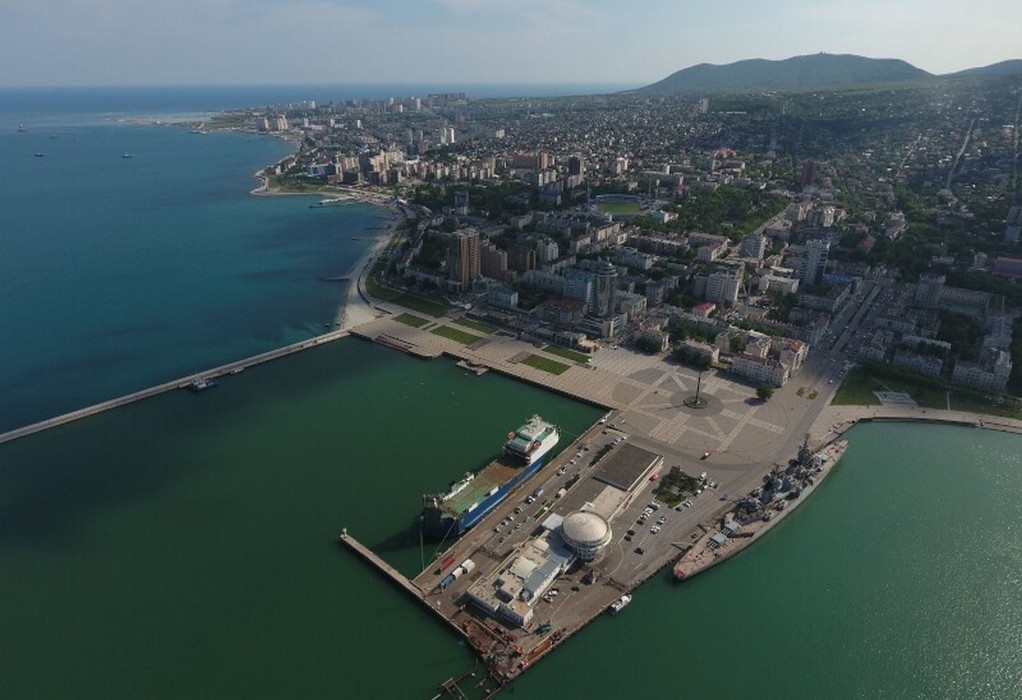Indian buyers, key consumers of cheap Urals crude since the invasion of Ukraine, have no plans to turn away from Moscow even as the discount to global benchmarks narrows, arguing Russian barrels remain among their most affordable options.
India’s consumption of Russian crude has soared since last year, with the country becoming a leading supplier, ousting Saudi Arabia and Iraq from the top spots. Much of that has been driven by price — and by Prime Minister Narendra Modi’s efforts to control energy inflation — but that dynamic is changing. Earlier this year, the gap between Russian crude and the Dubai benchmark stood at around $20 on a delivered basis. Today, the discounts offered for Urals cargoes are closer to $8.
Pricing data from Argus Media Ltd. puts Urals crude delivered to the west coast of India close to $83 a barrel on Aug. 10, compared with about $70 a month earlier.
Still, officials at four major refiners in India said they would continue purchasing Russia’s flagship Urals blend, arguing similar-quality barrels from the Middle East remain significantly more expensive. They asked not to be identified as the information is private.
That means India is buying more Urals barrels than many had anticipated.
Absent an escalation of the current conflict that hampers deliveries, geopolitics are unlikely to change the picture.
Refinery executives largely shrugged off a drone attack on a Russian-flagged oil tanker. South Asian buyers have now been alerted to supply risks, said Viktor Katona, lead crude analyst at data intelligence firm Kpler, but they are also protected from the higher cost of freight and insurance, as the structure of India’s oil trade means those are covered by sellers of Russian crude.
Even increased trading headaches and scrutiny as Urals last month broke through the $60-a-barrel set by Western nations to curb Moscow’s revenue haven’t put off Indian processors — and won’t, while they can book vessels and settle payments, the refinery officials said.
The simple driver remains price. According to official figures, in June, the average cost of Russian crude landing on Indian shores including freight was $68.17 per barrel, the lowest since Moscow’s invasion of Ukraine. That compares with shipments from Saudi Arabia, which amounted to $81.78.
Oil futures are currently trading around a nine-month high on tight supply, with Saudi Arabia and Russia extending their voluntary curbs into September. That’s left global oil markets eager for more sludgy and sulphurous medium-sour crude similar to the Urals grade, at a time when Asia’s physical market also looks strong.
Solid returns from making fuels from crude oil are also offsetting the increase in crude costs, the officials said. Overall Asian refining margins have more than tripled from early July, according to Bloomberg Fair Value.
Granted, Russian crude import volumes have slipped from their record highs in the past few months and are forecast to decline further, according to Kpler — but that’s also because of seasonal impacts, specifically the monsoon, when demand typically falls. A rebound is set to follow.
Tags: Benchmark Brent, India, Indian refiners, Russia Crude



Recent Posts
Sea cruise ships can now connect to shore power in Amsterdam
Corvus Energy partners with HD Hyundai Mipo for AiP on new green product tanker design.
KR and HD Hyundai Heavy Industries Team Up to Develop a Very Large Ethane Carrier
HD Hyundai Leads Maritime Decarbonization at Nor-Shipping 2025
World’s Largest Green Hydrogen Plant Reaches 80% Construction Completion Across All Sites
Wärtsilä to Power USA’s First All-Electric High-Speed Ferries in San Francisco Bay
ABS and Pusan National University Chart a Course for Liquid Hydrogen Shipping
RIC Energy and Siemens Partner to Advance Green Hydrogen and E-Fuels Projects in Spain